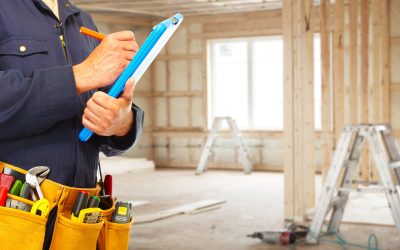Surveying land is a job that typically requires a lot of physical movement. Specifically, surveying large pieces of land can mean hours of walking and positioning equipment. Robotic total stations are making land surveys more accurate and time efficient, and some robotic total stations feature remote controls for even more portability and efficiency. Survey controllers are an optional feature of some robotic total stations and GNSS systems that can minimize hours spent on the job or transportation costs. Here we’ve listed three types of survey controllers that you can evaluate for your own use:
The Classic
The most traditional survey controller has a numeric keypad and arrow keys for making adjustments to robotic total stations and GNSS systems. These survey controllers are minimalist, but they can still improve the portability of a surveying job. The surveyor does not directly have to interact with the total station, and that could mean inspecting other areas of land while still having full control over the total station. These survey controllers typically have small screens and are not as expensive as others.
Full Keyboard
Survey controllers with full keyboards are lightweight and have much more options than the traditional controller. A complete alphabetic and numeric keyboard makes entering data or directions into the controller faster and easier. Some of these controllers include GPS and allow for files to be downloaded or uploaded.
Tablets
Tablet style survey controllers are currently the most advanced. They have the portability of a tablet, but they also have the capability of a desktop office computer. Some tablet-style survey controllers have quite a bit of storage included and even Wi-Fi capabilities.
Productivity
Any of these survey controllers can improve the portability of a survey job. All of these types of controllers fulfill a basic function: allowing the operator to step away from the equipment to perform other tasks while still having full control over the robotic total station or the GNSS system. As the construction and survey industries grow, surveyors or civil engineers may have more duties at land surveying sites, and a survey controller could increase productivity. Browse for more information.


